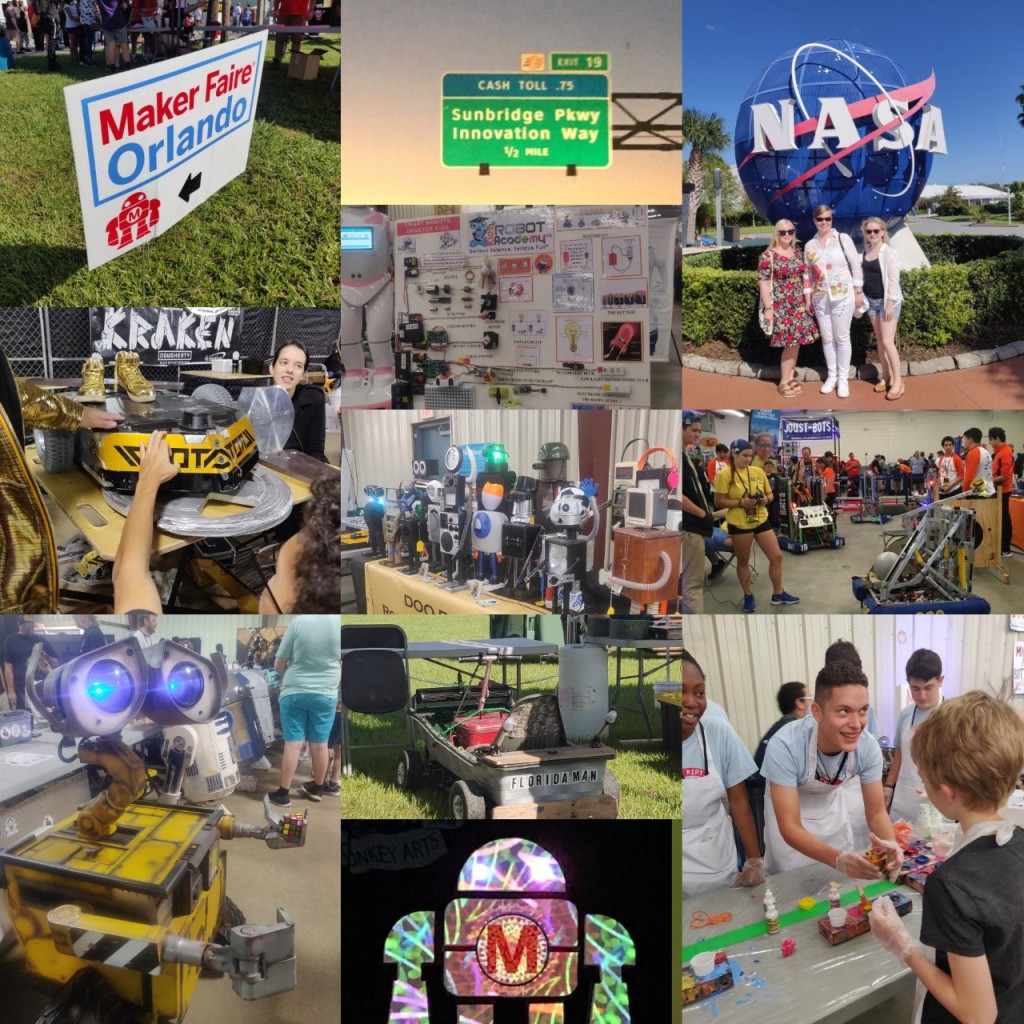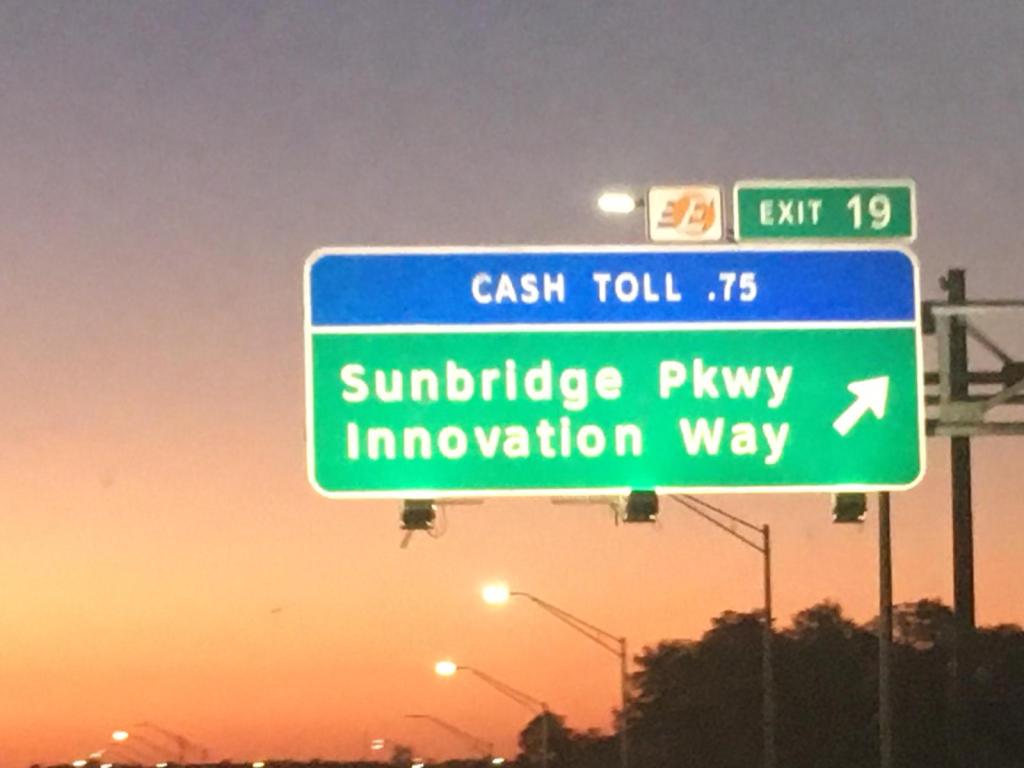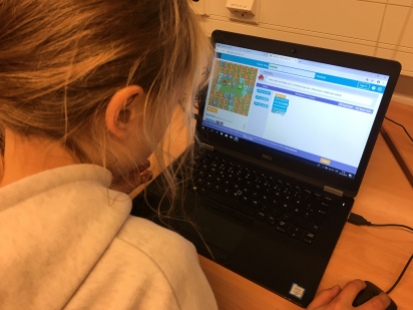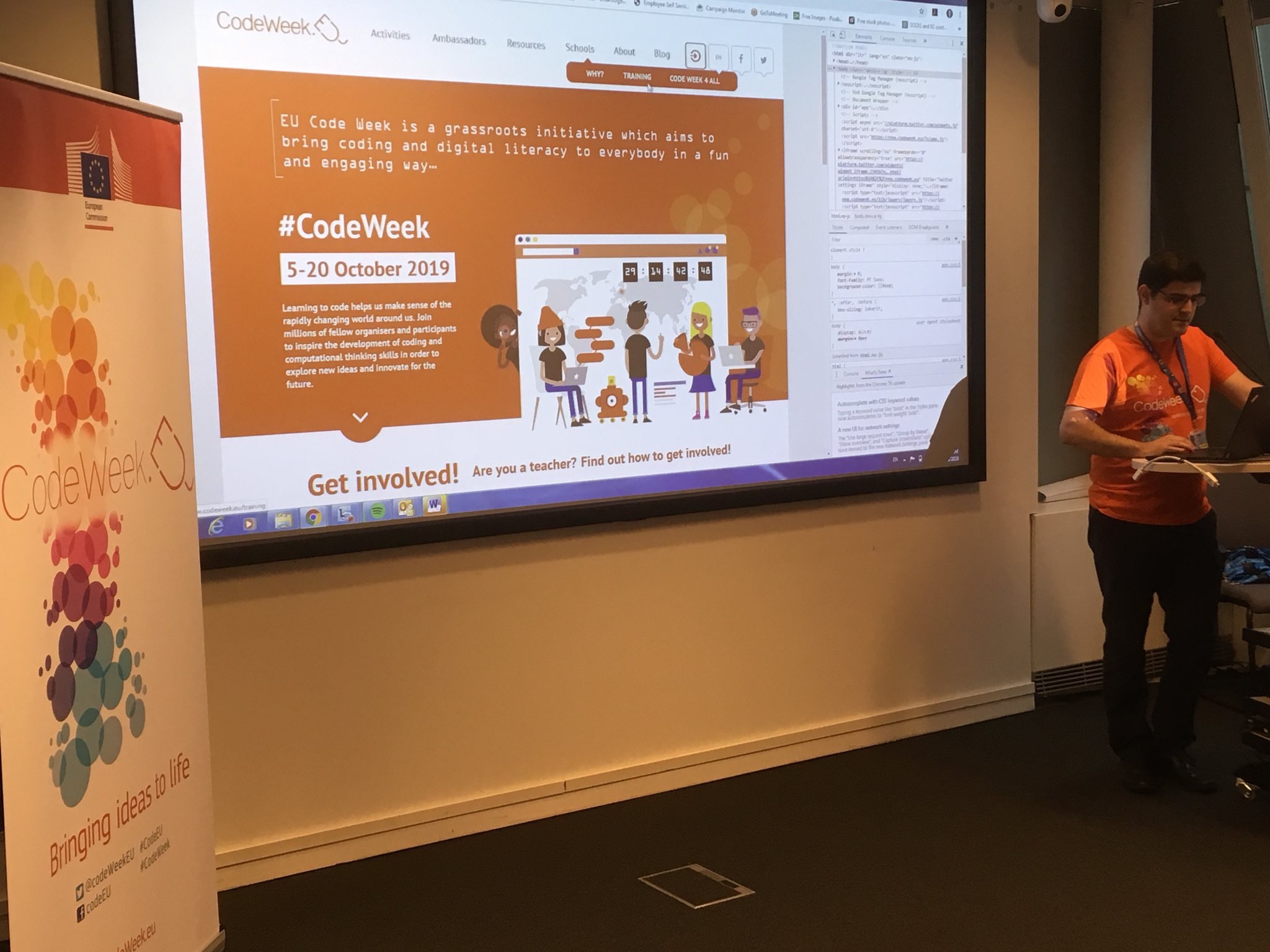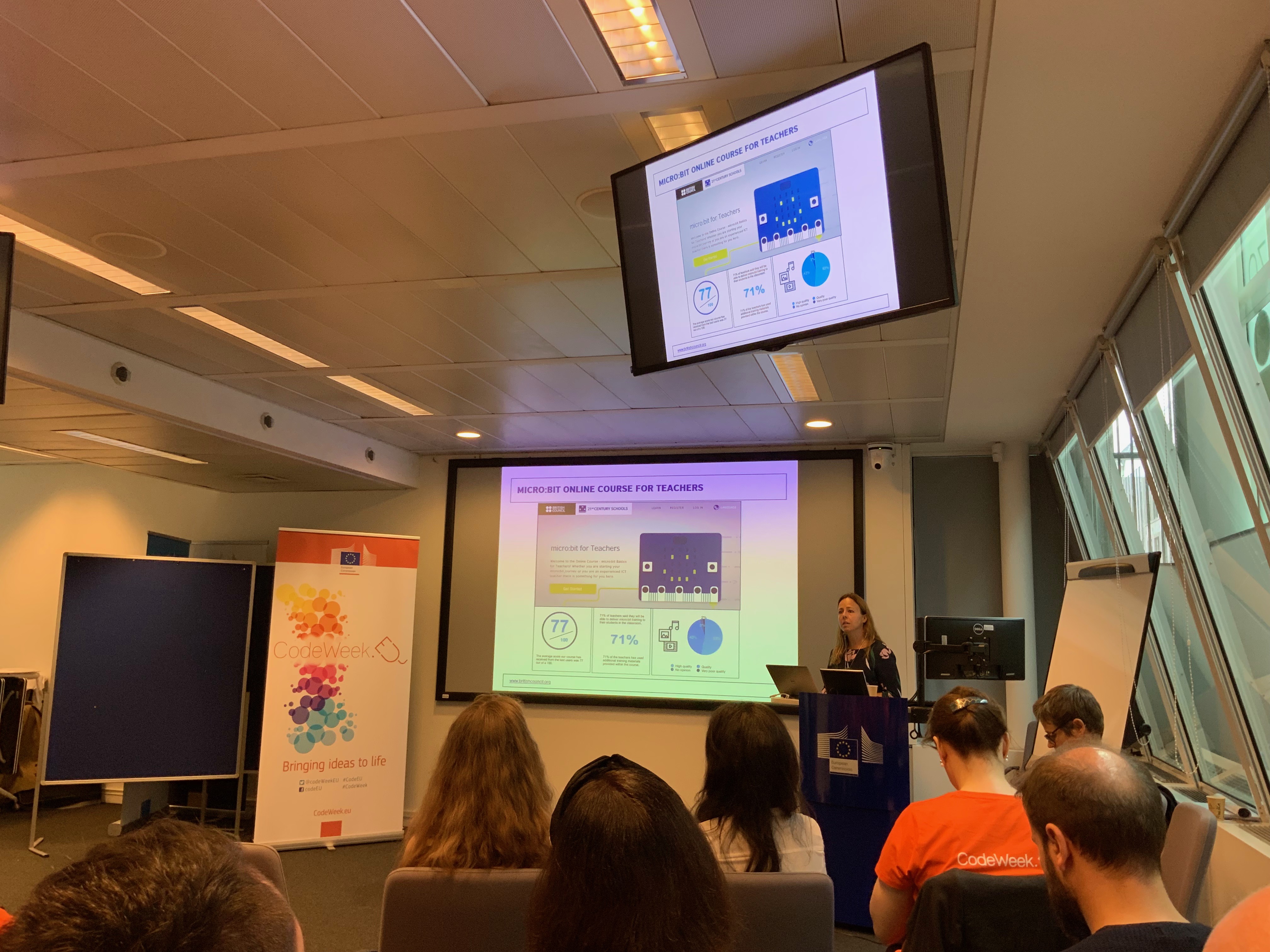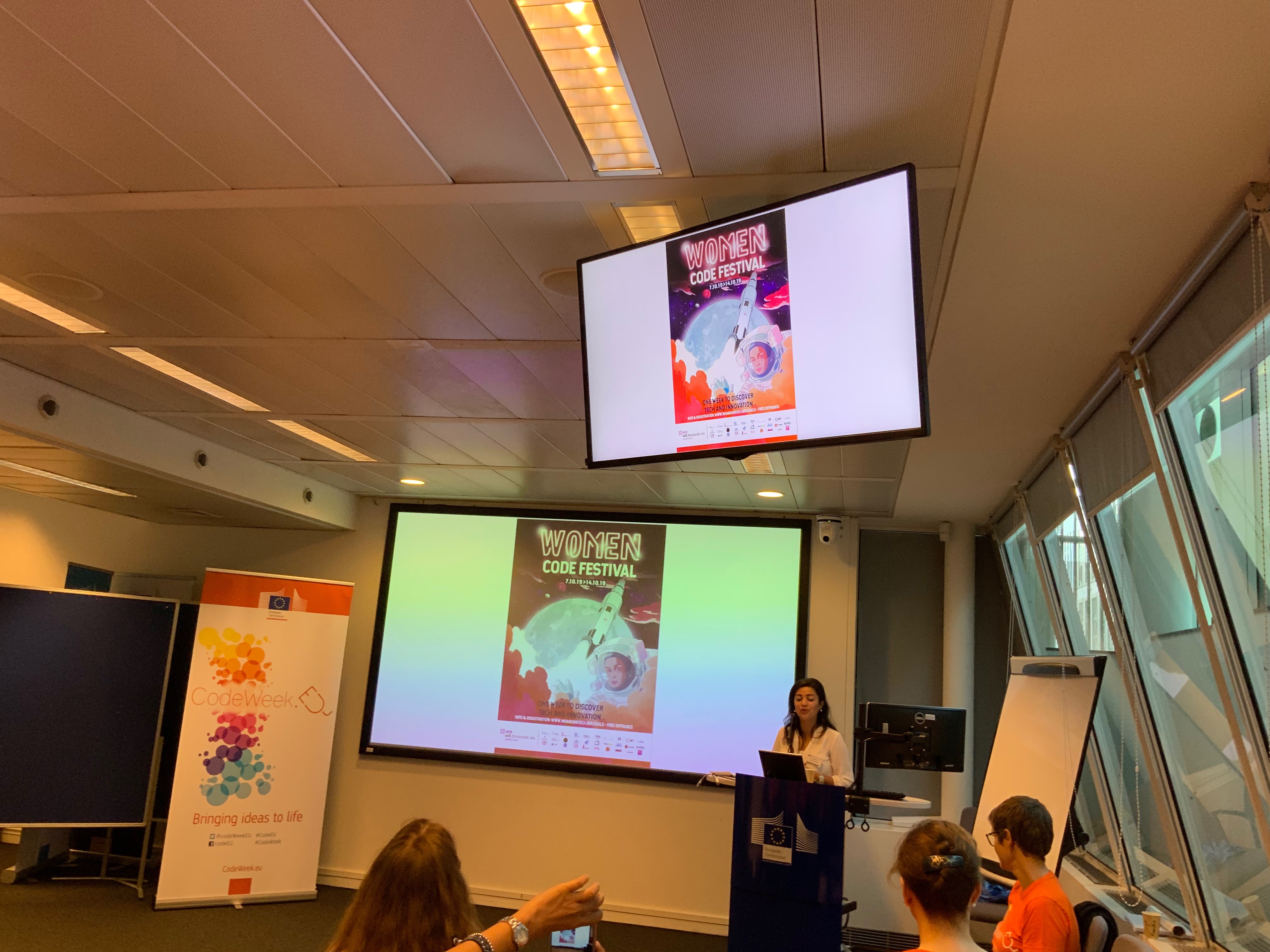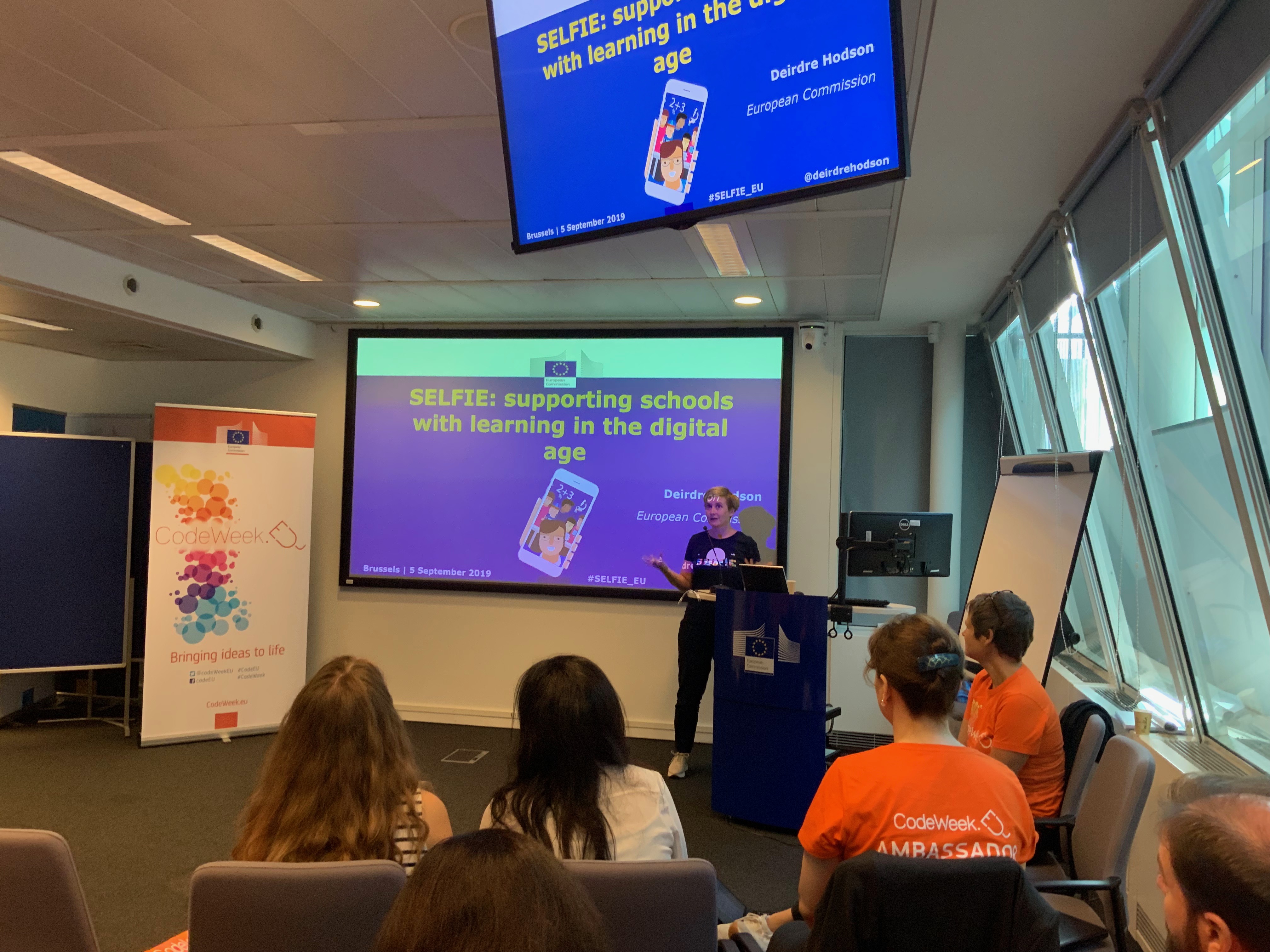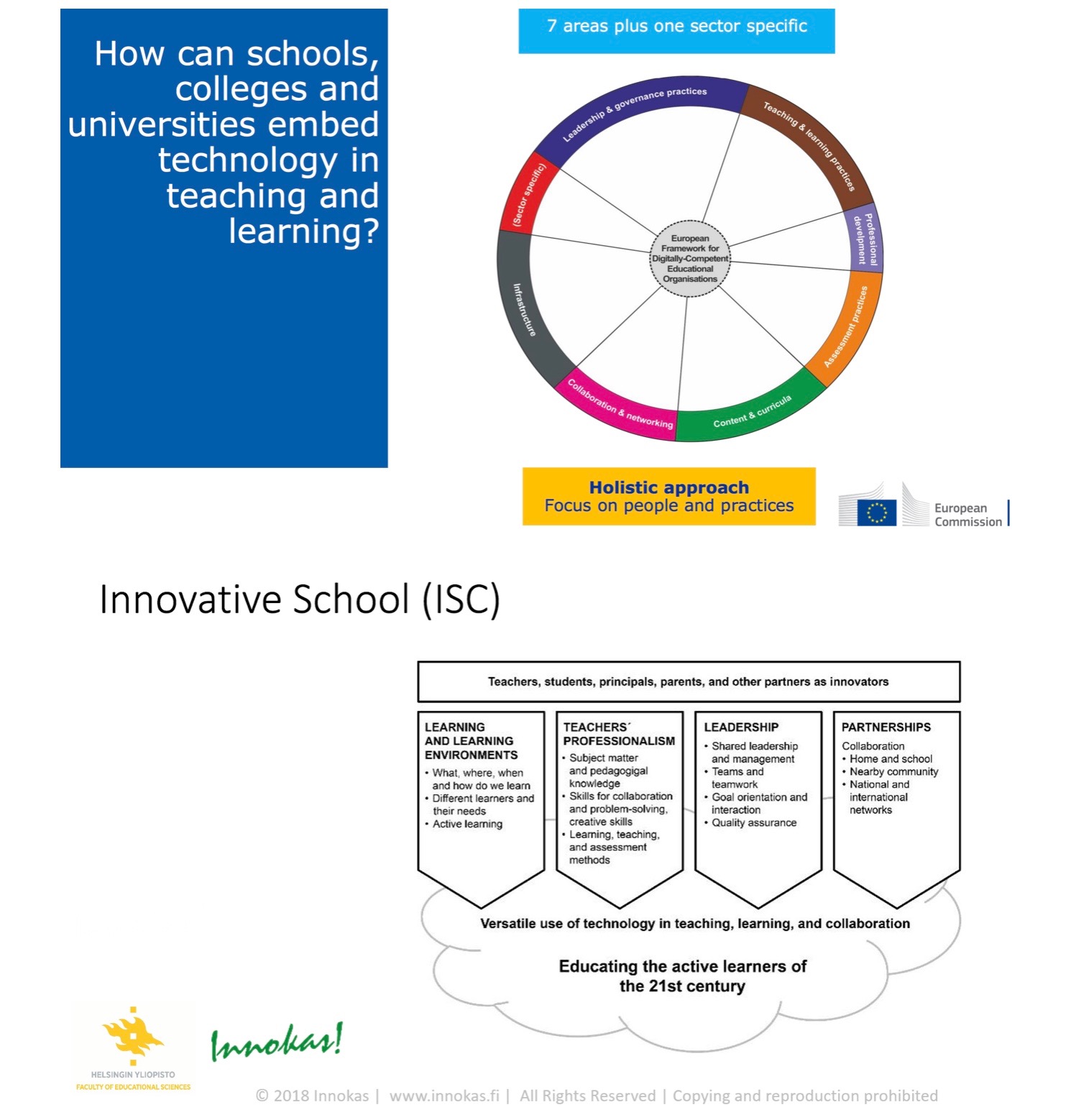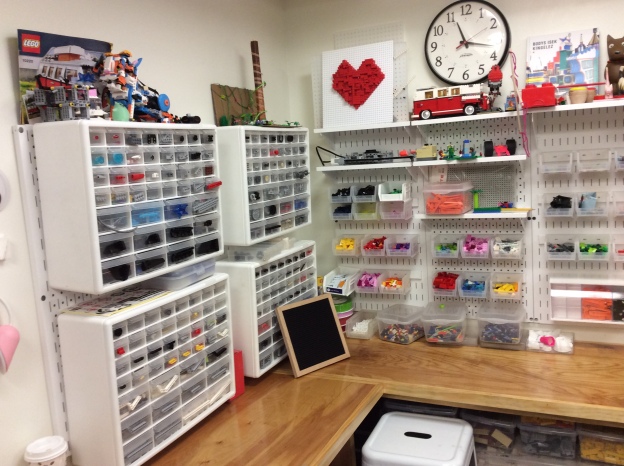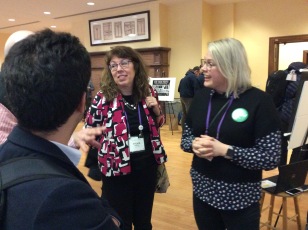I had an opportunity to visit Marymount School of New York on my last day in US. Marymount School of New York is an independent, Catholic day school for girls. The motto of the school is: Challenge yourself to grow in heart and mind – who wouldn’t agree with that. School has 760 students from 3-years-old to 18-year-old. Class sizes are small, only 16-17 students in one group. The school promotes development of the lifelong skills of critical thinking and problem solving. One school year costs 15 000$, but even though the costs are high, there are more applicants to school than the school can take.
Marymount School is known from its three Maker Spaces. Spaces are perfectly organized, there is plenty of stuff to play, create, design, build – innovate either alone or with peer or with group. One educator is responsible for all the equipment set in shelves, tables and lockers; educator is present at Maker Space all day long to help students if they have problems. I truly fell in love with this enthusiasm and creativity. Students are fostered to making culture. I saw beautiful combination of Art pieces and Technology, I look up to teachers’ innovative mind sets. STEAM in action!
Students work with iPADs or MacBook Airs in a 1:1 environment; Marymount School is an Apple Distinguished School. The school works with organizations like Metropolitan Museum of Art and DNA Learning Center Manhattan. School has even two classrooms at MET, and Art teachers from both the museum and from the school teach students. I found this very inspiring: school community broadens to another community, wau! ‘Dream it. Design it. Make it.’ says school’s webpage. No wonder the Marymount School of New York is one of the best in whole USA.
Mr Don Buckley, who hosted me during my visit, is an educator and designer. It was good to have somebody taking care of me, because the school building was so big, divided into many floors and sections. The oldest part of the school building is from turn-of-the-century, a beautiful building with crystal chandeliers and wall-to-wall-carpets. The school was established in 1926 by Mother Marie Joseph Butler. The second building, the enlargement, is from 1984. Nowadays the school needs more space, and a new school building will be build in next two years. The budget for 10-floor school building in Harlem is around 100 000 000$. Just for comparison, the most expensive school building, Opinmäki comprehensive school in Espoo, cost 52 million euros on 2015. Mr Buckley is responsible for taking teachers’ ideas and opinions to architectures, it is a co-design project with staff, engineers and architectures. This reminds me of participatory design, a co-design model I have worked with here in Finland .
Marymount School has different sorts of libraries for students at different ages. Small children’s library is a small cozy place with one, huge armchair in the middle of the room. The library for upper secondary school students is a silent place for reading and individual working. Librarian said, it is important to have a silent room in a city like New York. For groupwork, there are many open working spaces around the buildings, students are free to choose their place of work.
Compared to Finland teachers’ don’t have to obtain Master degree from the University. Teachers negotiate their own salaries, the salary rate is from 60 000$ to 120 000$ / year depending on how effective and capable teacher is. Marymount School provides its teachers a health insurance, retirement advisory and a hot, daily lunch. And, two teachers mentioned to me, a 10 week vacation in summer is a fine priviledge to have.
I learned so much during my visit, that I hope next week when I’ll host two teachers from Marymount school in my school, they would have as good experience as I had.
Raini sipilä





